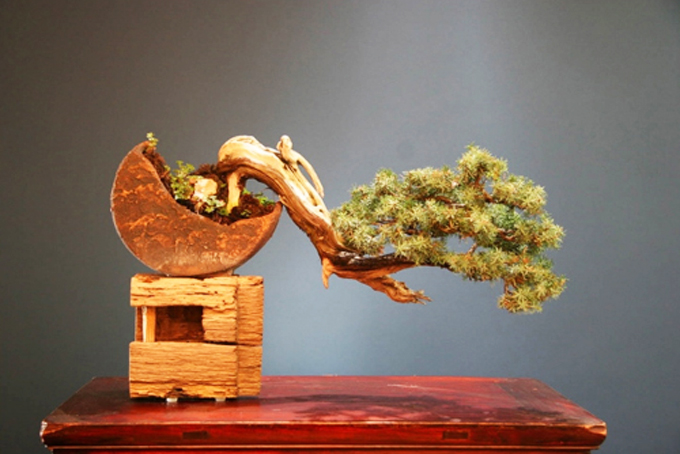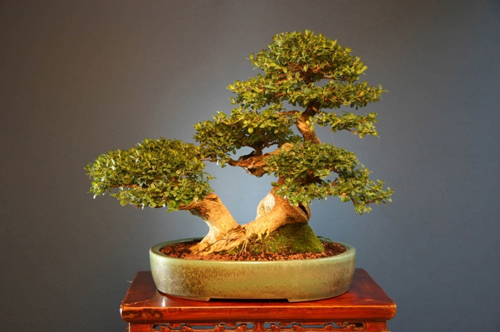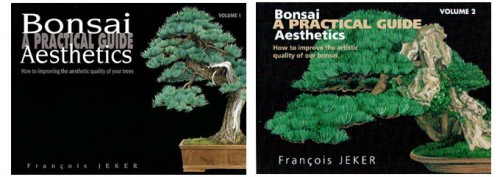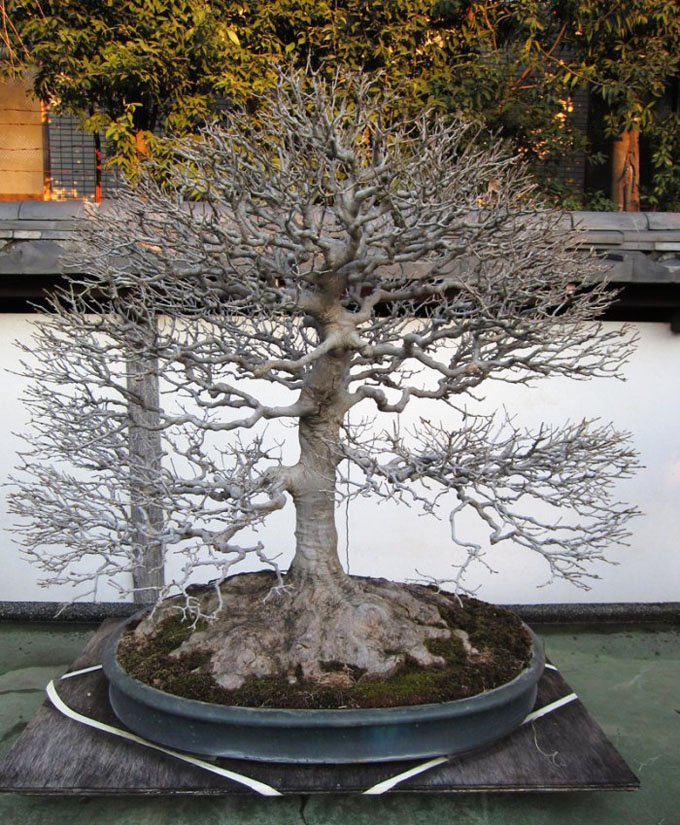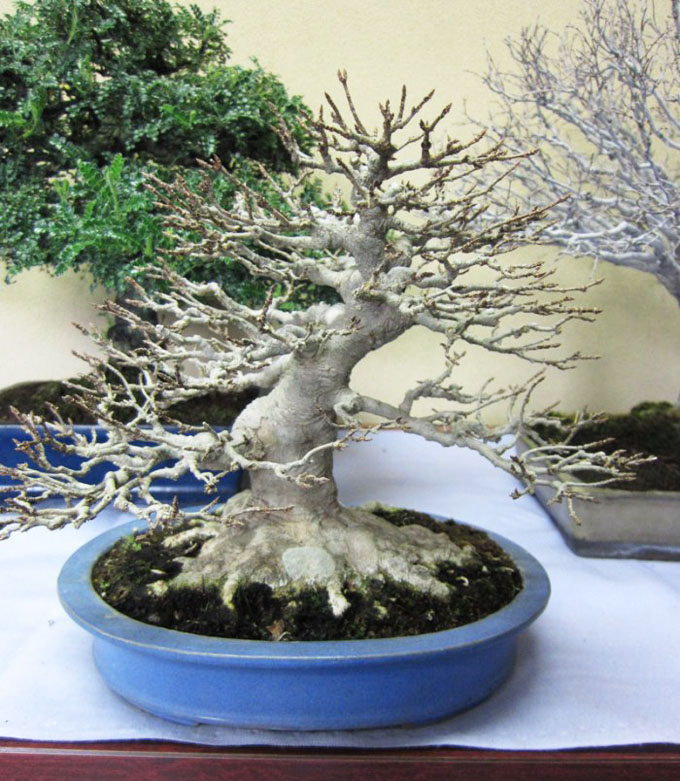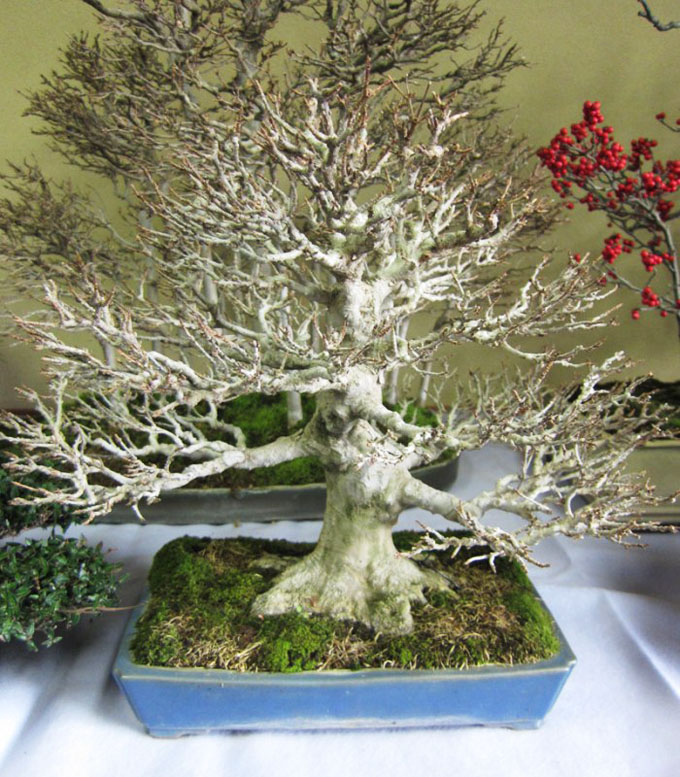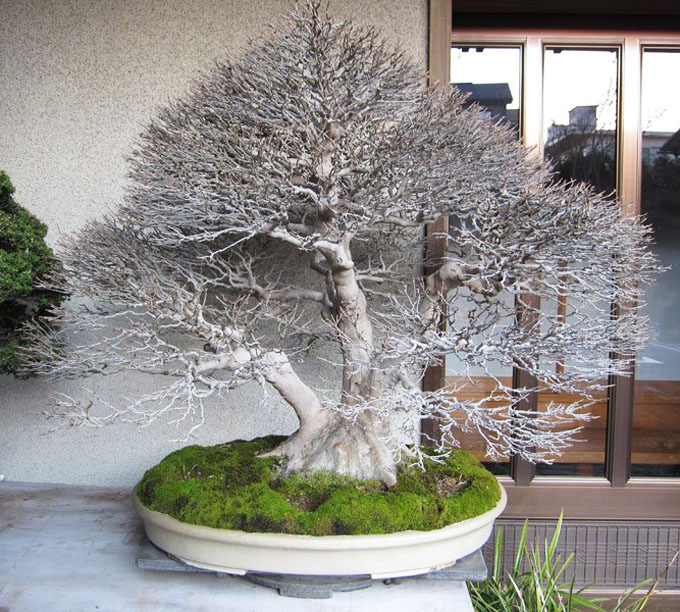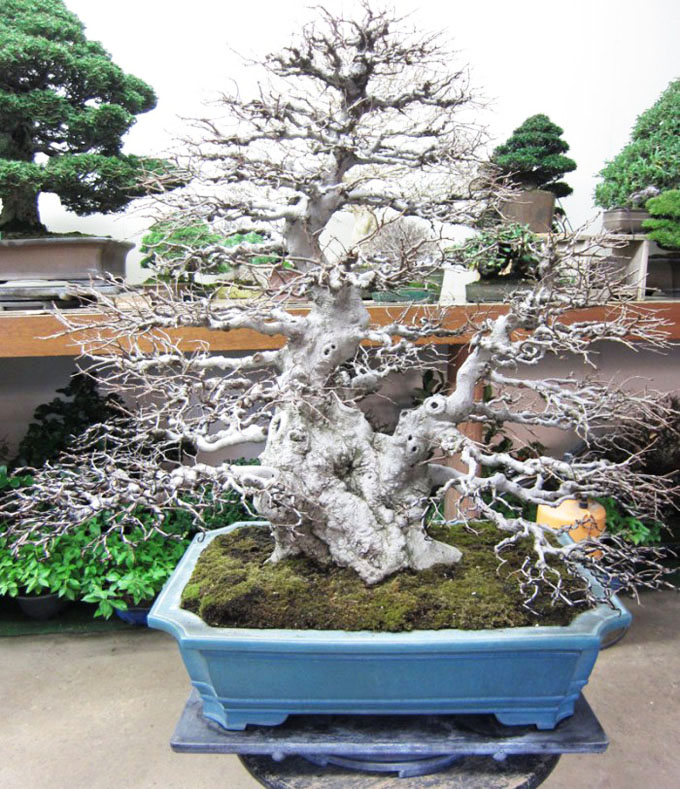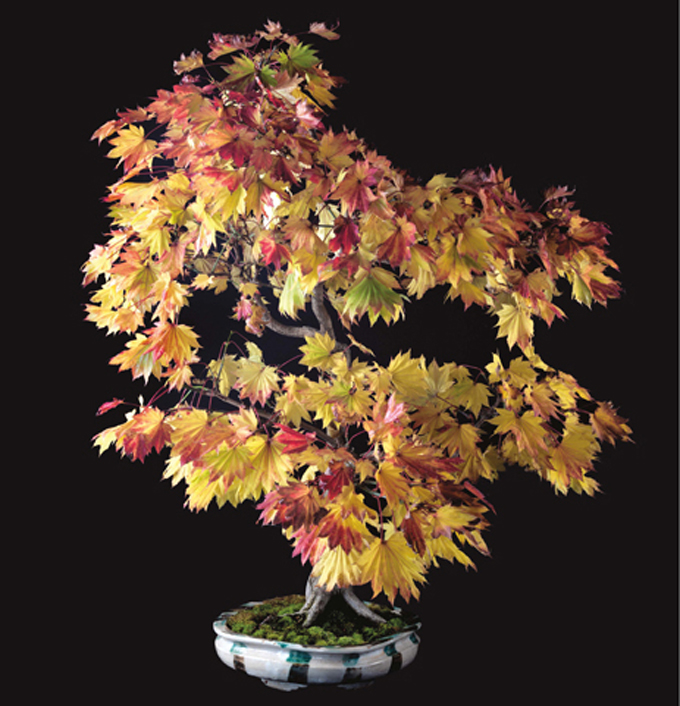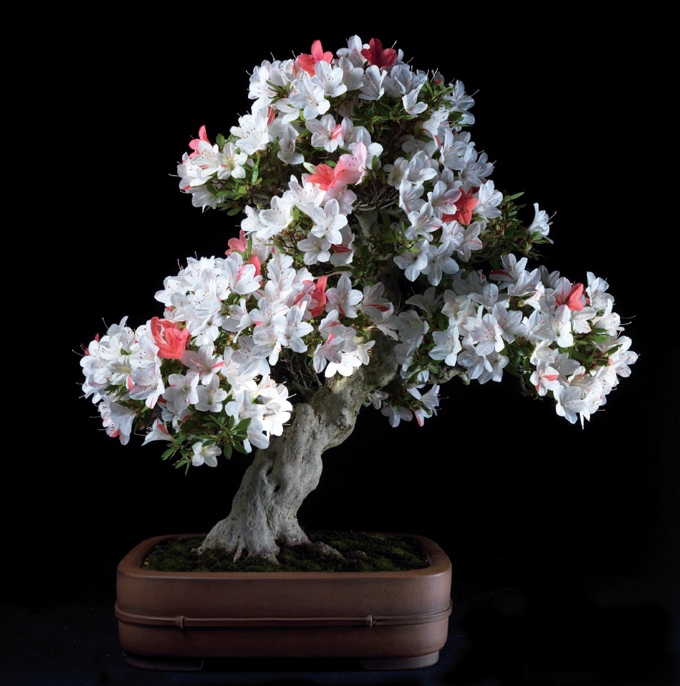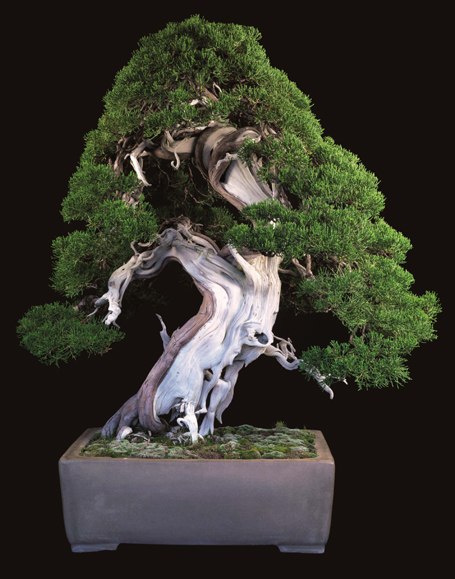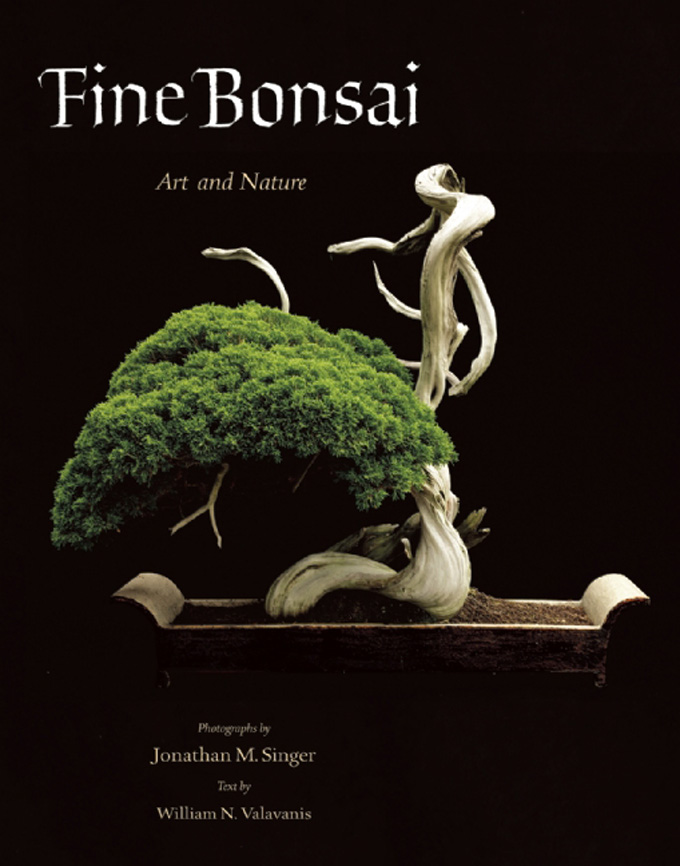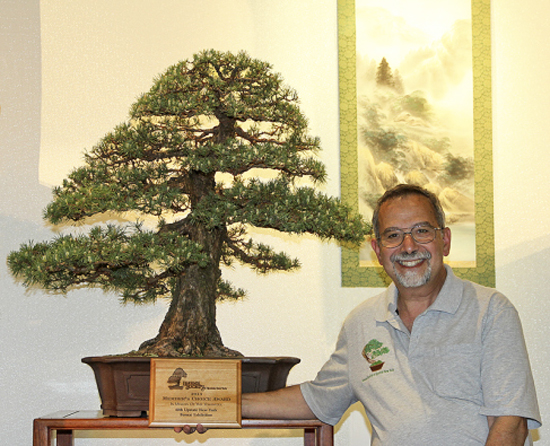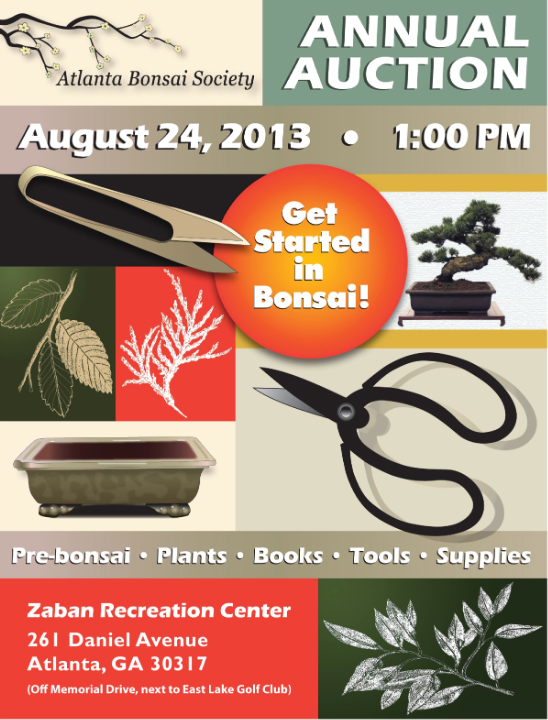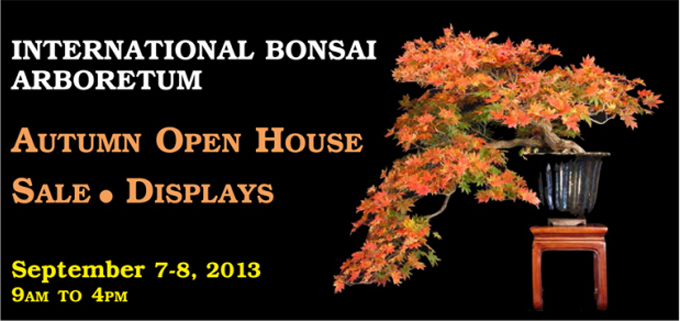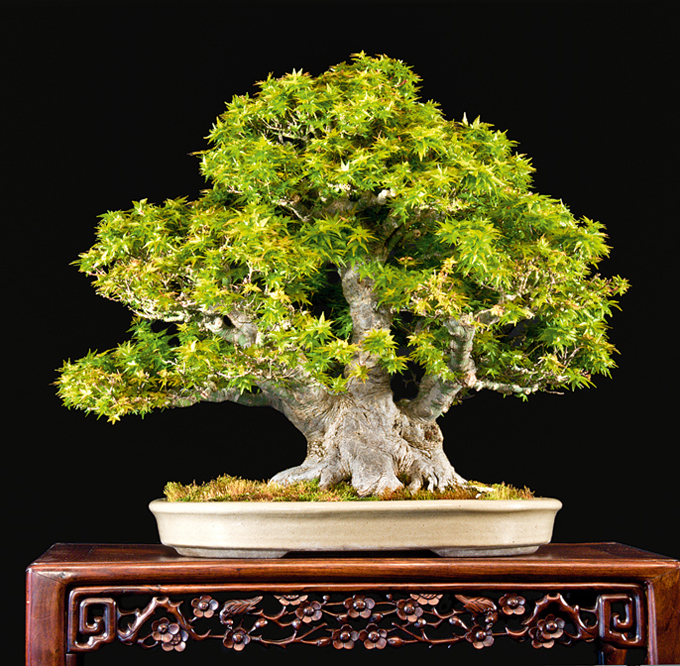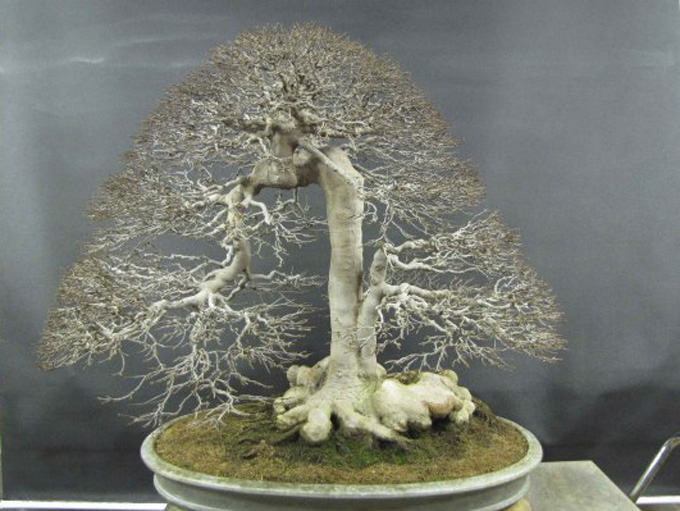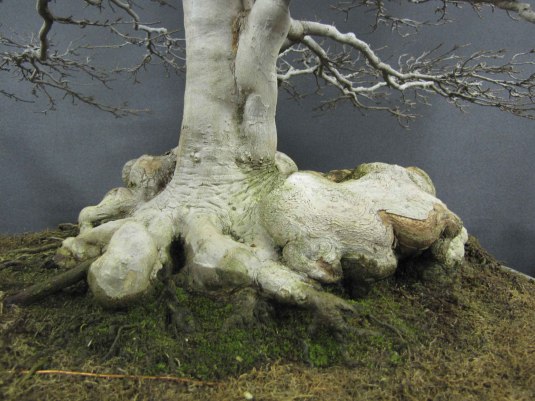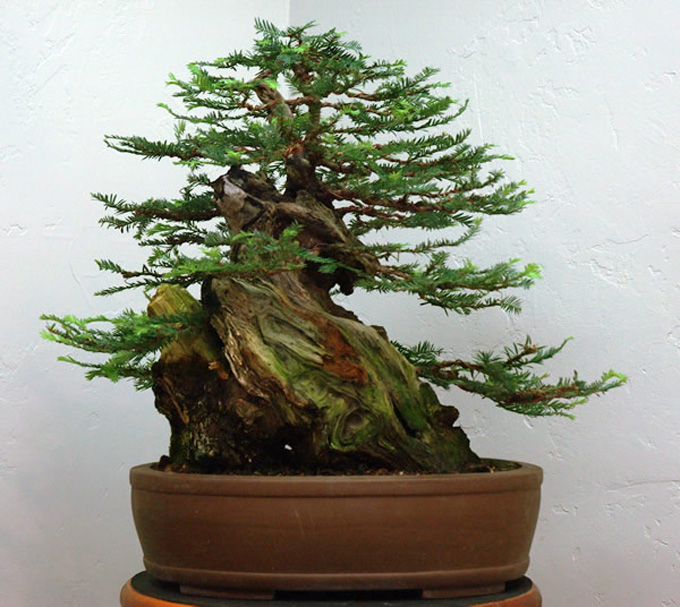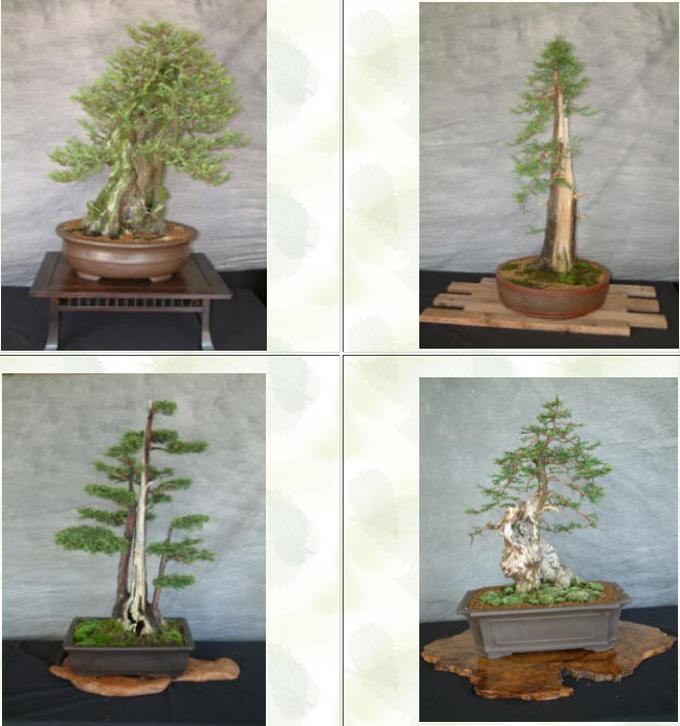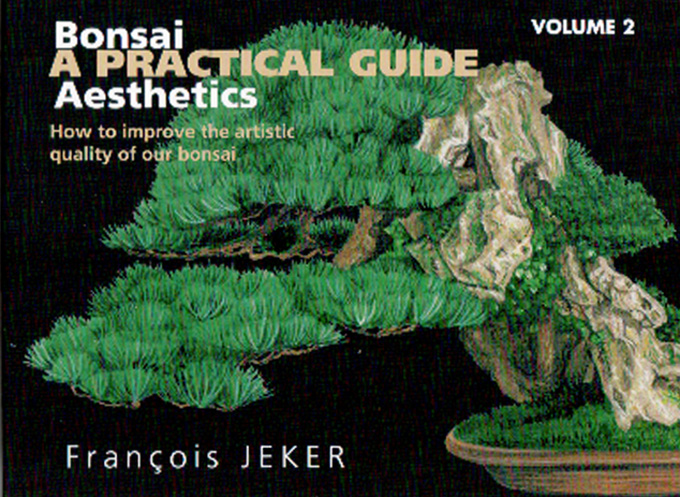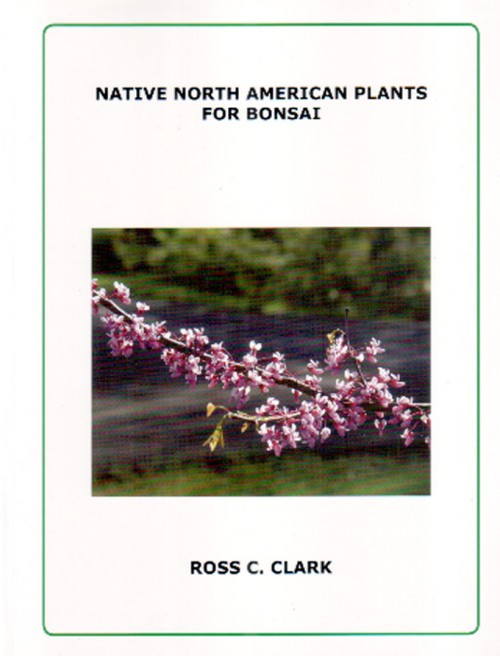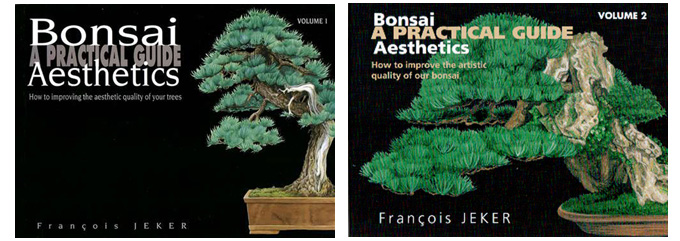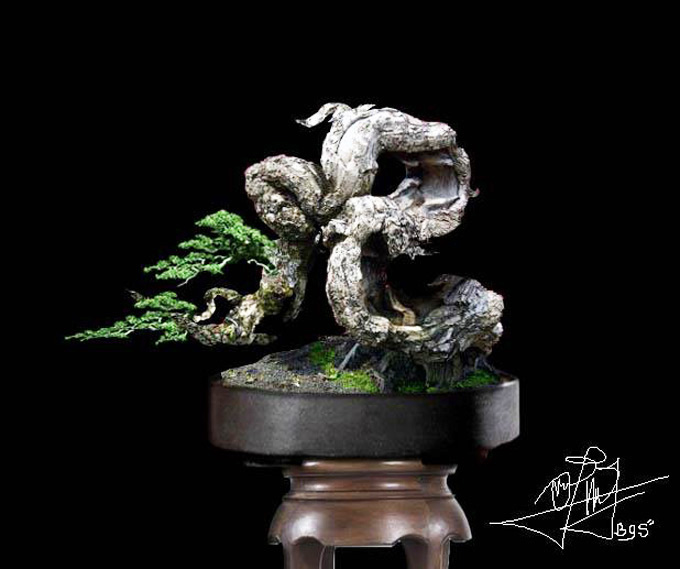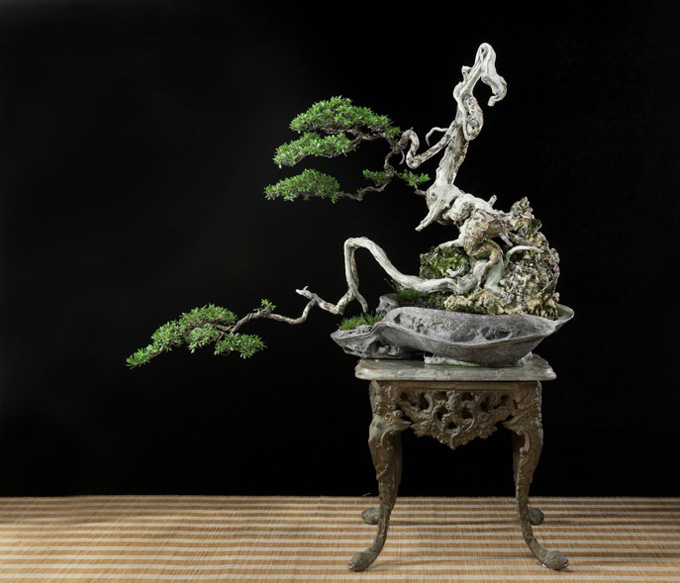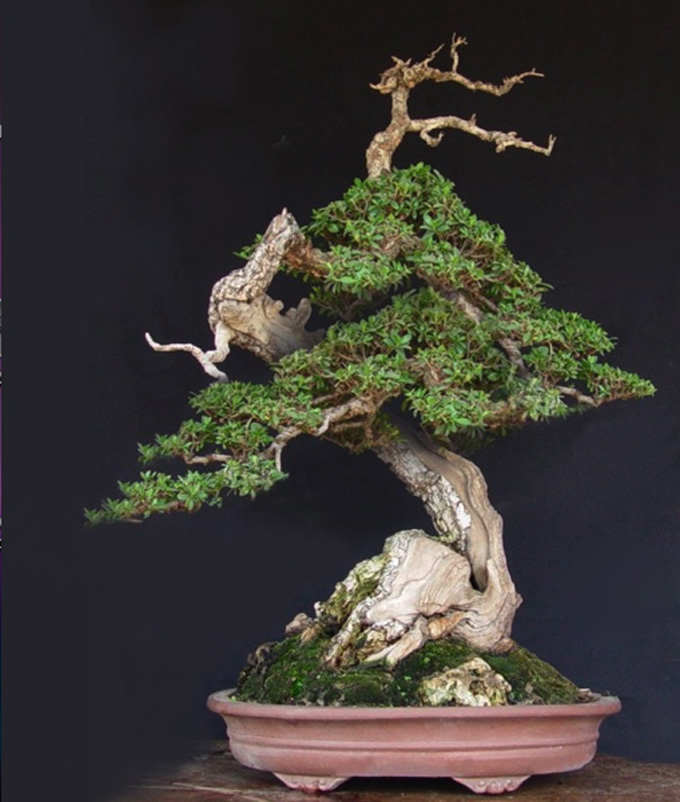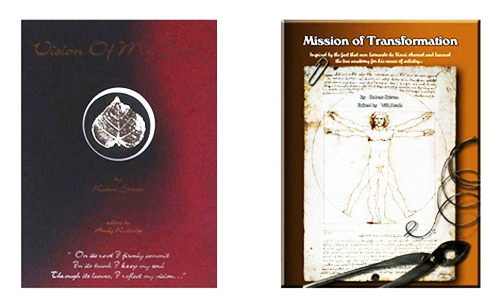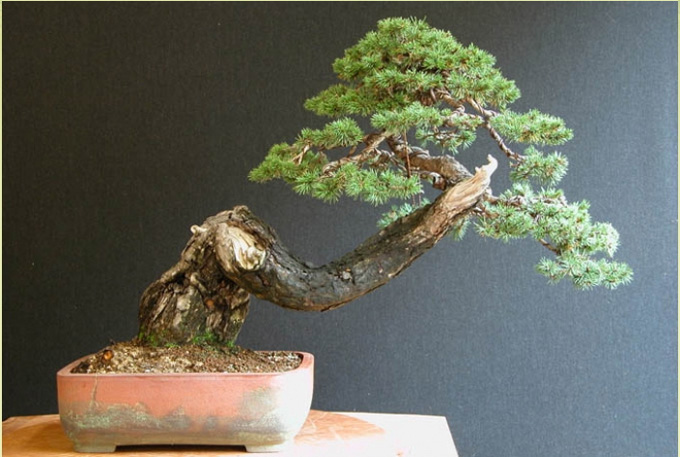 An example of Francois Jeker’s styling and deadwood carving. Francois is a headliner at the Eda Uchi Kai Bonsai-Ten 2013 (see below). He is also the author of Bonsai Aesthetics one and two.
An example of Francois Jeker’s styling and deadwood carving. Francois is a headliner at the Eda Uchi Kai Bonsai-Ten 2013 (see below). He is also the author of Bonsai Aesthetics one and two.
FREE ADVERTISING! Would you like to see your bonsai event featured here? If so, just send me a notice with a link to the event. That’s it. But remember, no link, no show. My email is wayne@stonelantern.com. You might also want to mention the event in the comments below.
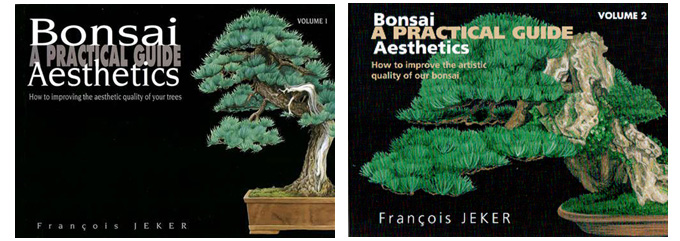 Two classics, one old and one new. Both belong in any bonsai library.
Two classics, one old and one new. Both belong in any bonsai library.
 Aug 16 – 17: 36th Annual Mid-America Bonsai Exhibit by the Midwest Bonsai Society. The guest artist is Bjorn Bjorholm a talented American apprentice at Keiichi Fujikawa’s Kouka-en bonsai nursery.
Aug 16 – 17: 36th Annual Mid-America Bonsai Exhibit by the Midwest Bonsai Society. The guest artist is Bjorn Bjorholm a talented American apprentice at Keiichi Fujikawa’s Kouka-en bonsai nursery.
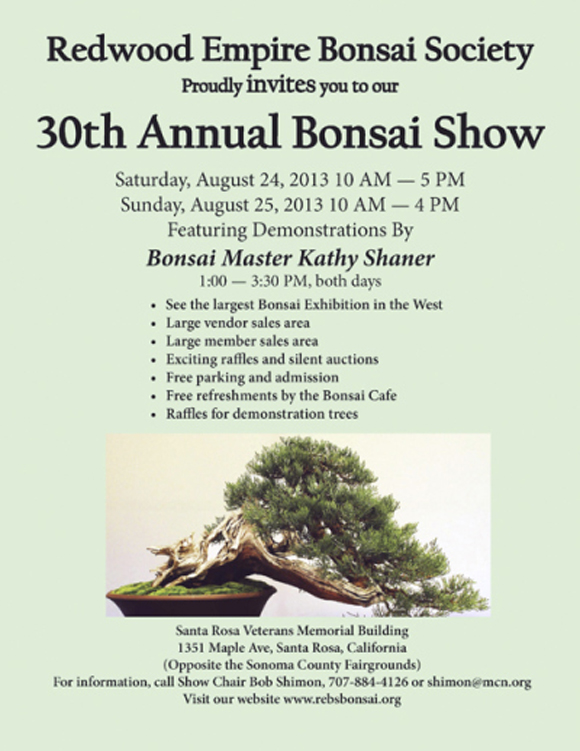 Aug 24-25: We’re trying not to feature events anymore unless we are asked to (see above). There are too many events and it’s just too much trouble to search them out. But we’ll make an exception in this case because it’s from Peter Tea’s excellent blog which has long been a source of great material for us. Here’s what Peter has to say about the event: “If you are around on August 24th or 25th, please be sure to attend the Redwood Empire Bonsai Society Annual show. It’s one of the biggest shows in California and they have a huge vendor area as well.”
Aug 24-25: We’re trying not to feature events anymore unless we are asked to (see above). There are too many events and it’s just too much trouble to search them out. But we’ll make an exception in this case because it’s from Peter Tea’s excellent blog which has long been a source of great material for us. Here’s what Peter has to say about the event: “If you are around on August 24th or 25th, please be sure to attend the Redwood Empire Bonsai Society Annual show. It’s one of the biggest shows in California and they have a huge vendor area as well.”
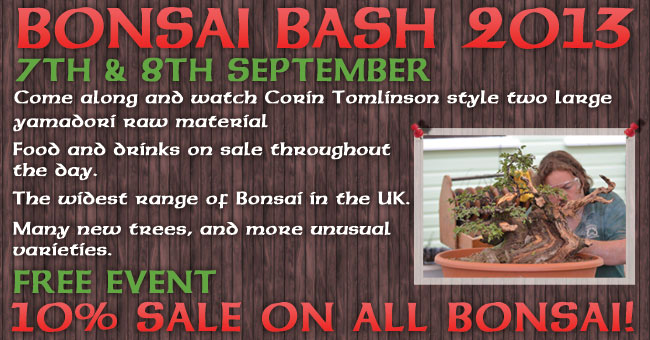 Sept 7 – 8: Bonsai Bash at Greenwood Bonsai Studio. It’s hard to argue with a free large yamadori demo by Corin. BTW: Greenwood is, among other things, one of three places in the UK that offers our Stone Lantern Bonsai Books.
Sept 7 – 8: Bonsai Bash at Greenwood Bonsai Studio. It’s hard to argue with a free large yamadori demo by Corin. BTW: Greenwood is, among other things, one of three places in the UK that offers our Stone Lantern Bonsai Books.

Sept 12-15: For the Love of Bonsai. This looks like a good one. It features, among other things, an excellent group of bonsai teachers and demonstrators including Enrique Castaño and Andy Smith (we have a ulterior motive for mentioning these two).
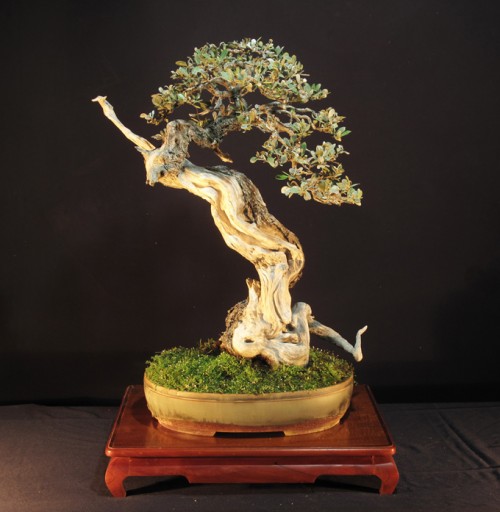 A collected Black Mangrove (Avicennia germinans) that happens to be the cover tree Botany for Bonsai by Enrique Castaño. Enrique is one of the headliners at For the Love of Bonsai (above).
A collected Black Mangrove (Avicennia germinans) that happens to be the cover tree Botany for Bonsai by Enrique Castaño. Enrique is one of the headliners at For the Love of Bonsai (above).
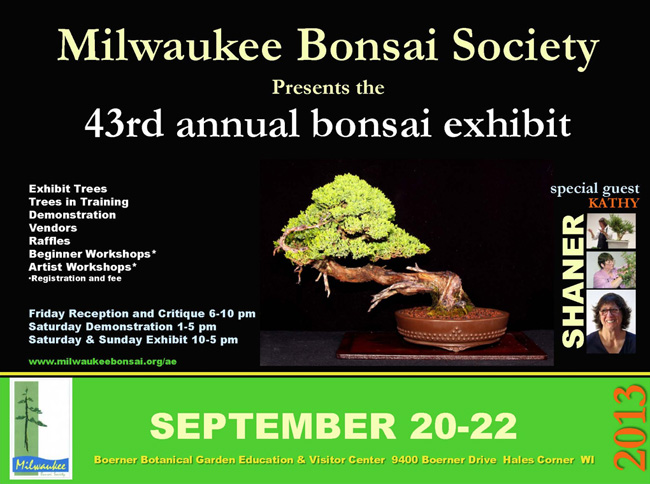 Sept 20-22: Milwaukee’s big event should be a good one with Kathy Shaner as the headliner and the interesting idea of featuring Trees in Training in addition to Exhibit Trees.
Sept 20-22: Milwaukee’s big event should be a good one with Kathy Shaner as the headliner and the interesting idea of featuring Trees in Training in addition to Exhibit Trees.
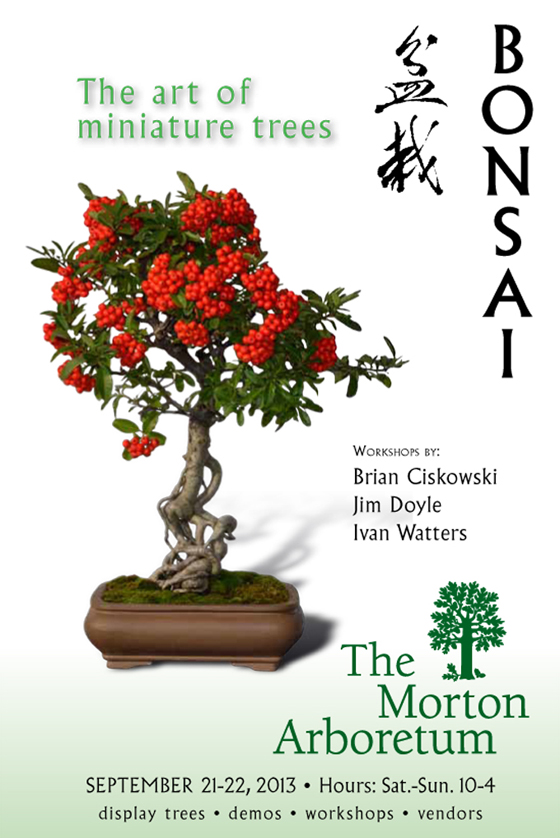 Sept 21-22: Intriguing bonsai events await you at Pairie State’s annual show this year, including a Children’s workshop.
Sept 21-22: Intriguing bonsai events await you at Pairie State’s annual show this year, including a Children’s workshop.
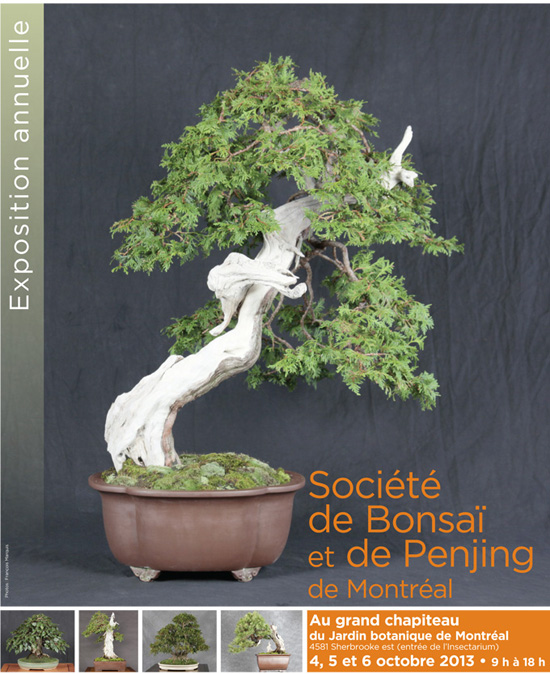 Oct 4-6: Montreal has two excellent permanent bonsai collections (Japanese and Chinese) at their famous Botanical Garden (Jardin botanique). When you throw a big bonsai event into the mix, it looks like a trip well worth taking. We don’t have a link to the event yet, but hope to have one soon. Meanwhile, here’s a link to their French language website. BTW: that’s a very good example of a collected Northern white cedar (Thuja occidentalis). My guess is that it came from the rocky escarpments near the tree line way up north.
Oct 4-6: Montreal has two excellent permanent bonsai collections (Japanese and Chinese) at their famous Botanical Garden (Jardin botanique). When you throw a big bonsai event into the mix, it looks like a trip well worth taking. We don’t have a link to the event yet, but hope to have one soon. Meanwhile, here’s a link to their French language website. BTW: that’s a very good example of a collected Northern white cedar (Thuja occidentalis). My guess is that it came from the rocky escarpments near the tree line way up north.
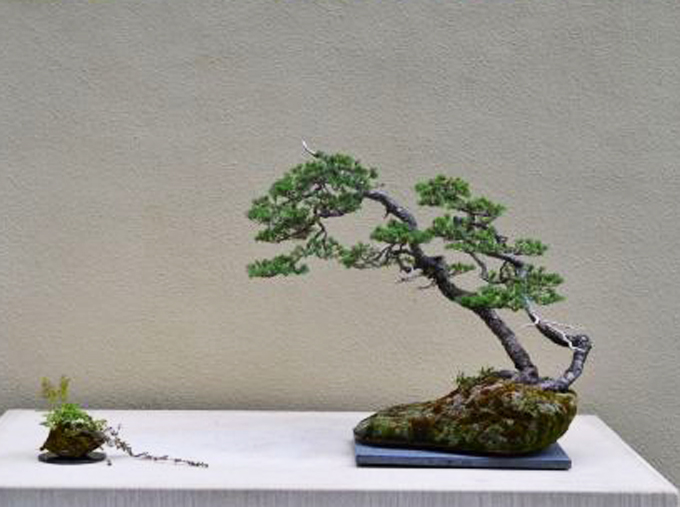 This Mountain hemlock with fern is by Michael Hagedorn, one of North America’s premier bonsai artists. Michael is a headliner at the South Africa Bonsai Association Convention.
This Mountain hemlock with fern is by Michael Hagedorn, one of North America’s premier bonsai artists. Michael is a headliner at the South Africa Bonsai Association Convention.
Oct 24 – 27: South Africa Bonsai Association Convention 2013 is being hosted by Eastern Bonsai Societies (EBS) and features our Michael Hagedorn, the inimitable Walter Pall and Rob Kepinski.
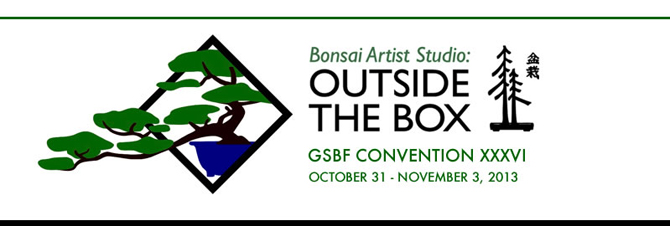 Oct 31 – Nov 2: Golden State Bonsai Federation Convention XXXVI—Bonsai Artist Studio: OUTSIDE THE BOX. I think you’ll kick yourself if you miss this one. Especially if you live within a few thousand miles of Los Angeles (most def if you live within a few hundred miles). A very big part of the reason why is the impressive list of headliners: Dave DeGroot, Suthin Sukosolvisit, Peter Warren, Mauro Stemberger, Kathy Shaner, Tom Elias and Sean Smith.
Oct 31 – Nov 2: Golden State Bonsai Federation Convention XXXVI—Bonsai Artist Studio: OUTSIDE THE BOX. I think you’ll kick yourself if you miss this one. Especially if you live within a few thousand miles of Los Angeles (most def if you live within a few hundred miles). A very big part of the reason why is the impressive list of headliners: Dave DeGroot, Suthin Sukosolvisit, Peter Warren, Mauro Stemberger, Kathy Shaner, Tom Elias and Sean Smith.
 Nov 30 – Dec 1: Eda Uchi Kai Bonsai-Ten 2013 in Belgium. I know most of you can read Flemish, but just in case, here’s something in English about what promises to be a great bonsai event. The headliners are Kevin Willson (UK), Enrico Savini (IT), François Jeker (FR), Márcio Meruje and Viriato Oliveira from Portugal.
Nov 30 – Dec 1: Eda Uchi Kai Bonsai-Ten 2013 in Belgium. I know most of you can read Flemish, but just in case, here’s something in English about what promises to be a great bonsai event. The headliners are Kevin Willson (UK), Enrico Savini (IT), François Jeker (FR), Márcio Meruje and Viriato Oliveira from Portugal.
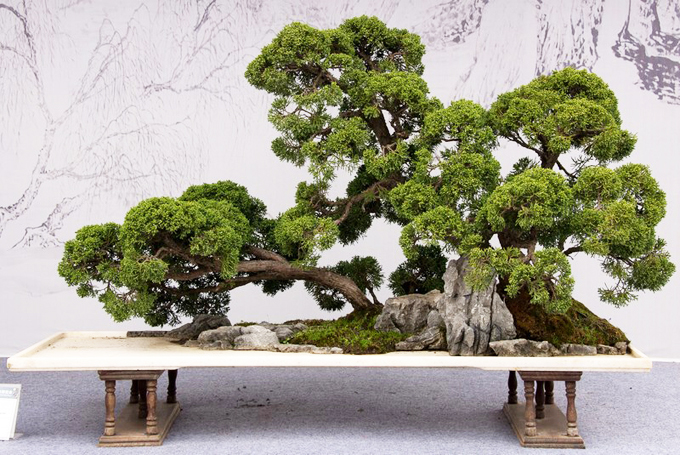 Judging by the background, this photo is from the 2013 BCI convention in China. Robert Steven sent us a bunch of great photos from this convention which we featured a while back (here, here and here). Maybe this is one that we missed. Anyway, I like the voluptuous, free-wheeling, unmanicured look. This photos and the others shown here are from Bonsai Phong.
Judging by the background, this photo is from the 2013 BCI convention in China. Robert Steven sent us a bunch of great photos from this convention which we featured a while back (here, here and here). Maybe this is one that we missed. Anyway, I like the voluptuous, free-wheeling, unmanicured look. This photos and the others shown here are from Bonsai Phong. 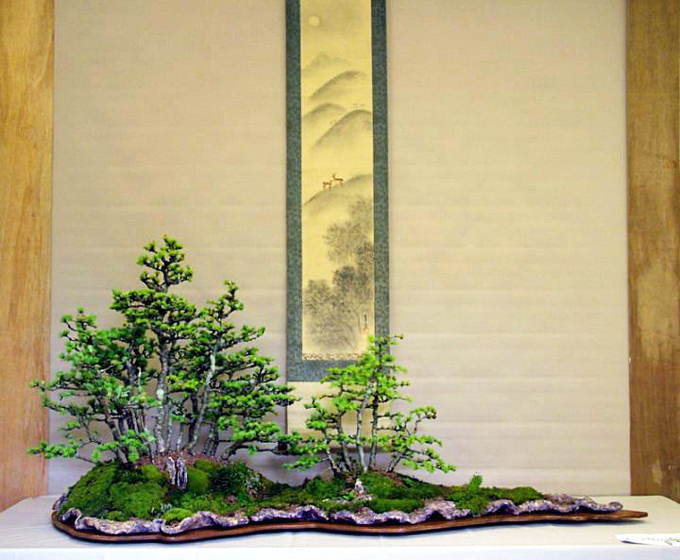 Whatever it is, it’s great. At first glance I thought it was Japanese, but then there’s the un-Japanese looking slab and that strange white thing in the center (I don’t think it’s a figurine though). From here the trees look like Larches, but, if you’ve being paying any attention, you know about my guesses.
Whatever it is, it’s great. At first glance I thought it was Japanese, but then there’s the un-Japanese looking slab and that strange white thing in the center (I don’t think it’s a figurine though). From here the trees look like Larches, but, if you’ve being paying any attention, you know about my guesses.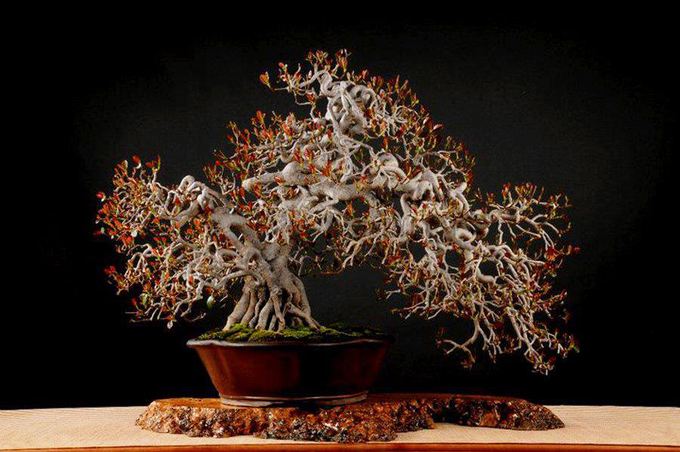 Wild and wooly on a wooden slab. Nice pot too. Other than that, your guess is at least as good as mine.
Wild and wooly on a wooden slab. Nice pot too. Other than that, your guess is at least as good as mine. This might be the only photo that’s actually from Vietnam. Or is it?
This might be the only photo that’s actually from Vietnam. Or is it? 